Chocolate glaze
Food should be tasty and visually appealing - that's obvious. The appetizing appearance of the dish makes us indulgent and we are ready not to notice small taste sins. Chocolate icing for a cake is like a little black dress for a woman - both should be at the ready to emphasize the advantages and hide the disadvantages.
What is frosting
Gingerbread cookies, sweets, biscuit cakes and cakes, Easter cakes and gingerbread are covered with icing. You can decorate the cake with cream roses or candied fruit, but many types of pastries require icing.
Glaze is a sweet frozen syrup. You can cover the entire surface with chocolate, part of it or draw a flower on the gingerbread - this is a matter of taste. Chocolate or cocoa icing makes donuts and cakes even tastier and prevents baked goods from stale. Marshmallows and chocolate-covered ice cream, glazed strawberries or glazed curds can be prime examples of how sweets take on a new dimension when paired with chocolate.
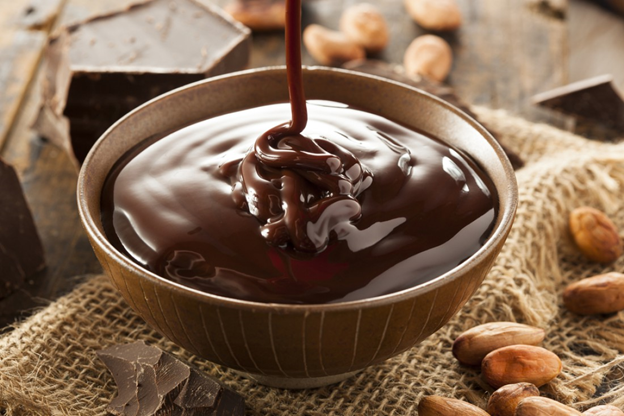
Glaze types
- Sugar. Even a child can mix powdered sugar with water, so this type can be considered basic. At 80%, the glaze consists of sugar, it becomes white when solidified, although the syrup can be painted over with juice.
- Confectionery. Consists of cocoa products, sugar and fat. This type of glaze is used in the food industry, but it is difficult to call it useful because of dubious fats. Homemade chocolate icing made from cocoa is a classic option that is delicious and easy to prepare.
- Chocolate. In addition to sugar and cocoa, it contains cocoa butter - this is the usual composition of dark chocolate. White chocolate icing also contains milk fat.
Basic rules for making glaze
There is nothing difficult in this, but home-made chocolate icing for a cake requires several rules to be followed:
- The consistency of homemade chocolate icing resembles sour cream. It should not be too thick or liquid, then the mass will quickly settle down in an even layer and not drain. You can thicken the icing with a spoonful of powdered sugar, and dilute it with a small amount of hot water.
- If you need to glue the halves of the cake, prepare a thick mass. Donuts and cupcakes are poured with liquid icing.
- It is better to make your own powdered sugar than to buy ready-made. Grind granulated sugar in a coffee grinder for several minutes, a sugar cloud will rise from the finished powder.
- If the pastries are very sweet, it is advisable to add lemon juice to the icing instead of water or with it. Pleasant sourness and aroma will make the taste even more interesting.
- The butter in the recipe ensures that the soft fudge doesn't crumble. Creamy chocolate icing is great for cakes.
- The mass will settle down in a perfectly even layer if applied to jam.
- Chocolate icing for the cake is better not to make porous chocolate.
- To make the color more saturated, you need to add a spoonful of cocoa powder to the chocolate.
- Liquid fondant can be applied in several layers with a brush. It is convenient to draw with glaze using a pastry syringe.
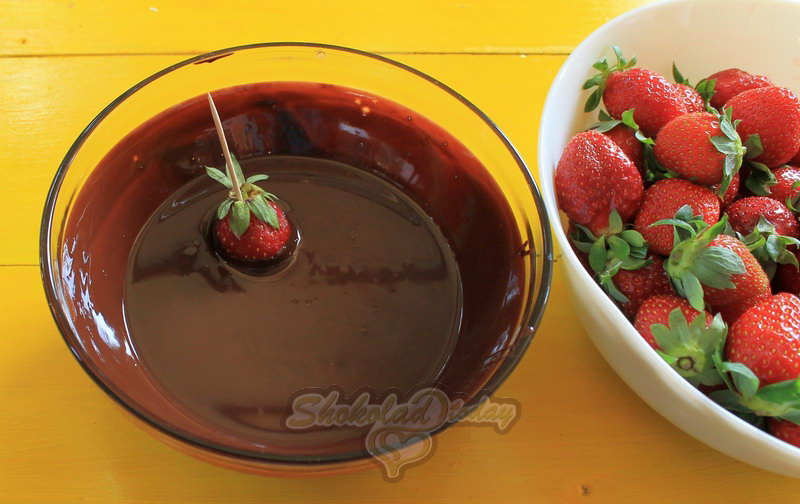
Chocolate icing - top 5 recipes
All recipes are tested in practice and approved. You can diversify the taste by adding vanillin, cinnamon, a teaspoon of rum or cognac. The fondant should be allowed to cool before application so that you can control how it spreads over the surface.
Before you make chocolate icing, stock up on a wide brush, kitchen silicone spatula or spatula. You can melt butter and bar chocolate in a water bath; it is also allowed to use a microwave oven in slow mode for this purpose.
cocoa glaze
Chocolate icing for cakes, rolls, pies and creamy desserts can be made from cocoa. The hardened crust will be glossy and dense if you use dark cocoa and good quality butter. This is the simplest, most basic recipe.
Products:
- Milk - 4 tbsp. l.
- Butter - 50 g
- Cocoa powder -1 tbsp. l.
- Powdered sugar - 4 tbsp. l.
Cooking:
- Melt the butter in a saucepan over low heat or a water bath.
- Add milk and icing sugar with vigorous stirring.
- Cook until smooth.
- Carefully add cocoa, stirring the mass so that no lumps form.
- Heat up 2 minutes.
- Cool down a bit.
pros: Cooking cocoa glaze is easy, it hardens for a long time, so you can work slowly. Thick mass is easy to level.
Minuses: May not set and remain soft.
Icing from cocoa and cream (milk, sour cream)
The use of dairy products is the easiest answer to the question of how you can make cocoa chocolate icing soft and shiny. Crushed nuts, coconut flakes and other powders can be added to a mass based on cream, sour cream or milk.
Products:
- Cream (sour cream, milk) - 3 tbsp. l.
- Powdered sugar - 5 tbsp. l.
- Cocoa - 6 tbsp. l.
- Butter - 50 g.
- Vanillin sachet
Cooking:
- Mix everything in an enamel bowl.
- Heat in a water bath and cook, stirring, until the chocolate becomes homogeneous.
- If a drop of glaze on a dry saucer hardens quickly, the fudge is ready.
pros: Glaze is delicious and shiny. It remains soft for a long time, so it is easy to spread evenly over the surface.
Minuses: May not freeze.
Dark chocolate glaze
Chocolate icing for a cake is easiest to make from a chocolate bar. Any variety without a filling will do, but 72% dark chocolate icing will have a richer flavor.
Products:
- Milk - 5 tbsp. l.
- 100 gram chocolate bar
- Half a teaspoon of butter
Cooking:
- Lubricate the bottom of the container with oil.
- Break the chocolate bar and add milk.
- Steam and stir for a few minutes.
- Apply the mass warm, if it starts to cool, you can warm it up a little.
pros: This is a well-hardening chocolate glaze, it must be applied warm. The taste depends on the type of chocolate.
Minuses: Glaze layer may be brittle.
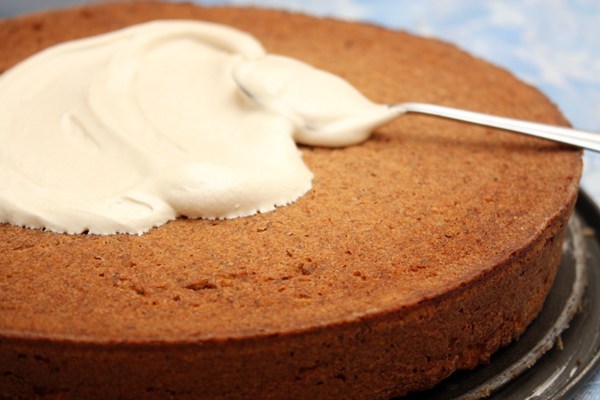
White chocolate icing
White icing will make a festive cake truly elegant and solemn.
Products:
- Barred white chocolate - 200 g
- Powdered sugar - 180 g
- Cream 30 percent - 2 tbsp. l.
Cooking:
- Melt the crushed chocolate bar in a water bath.
- Pour in powdered sugar, pour in a spoonful of cream and cook until the mass thickens.
- Add a second spoonful of cream.
- Blend with a blender until fluffy.
- Use glaze without waiting for cooling.
pros: Nice texture and delicate taste.
Minuses: Easy to overheat during cooking, forming insoluble lumps.
Mirror glaze (option 1)
Chocolate mirror glaze looks very festive. Its preparation is somewhat more complicated than that described in previous recipes, but the efforts will pay off - the cake, biscuit roll, soufflé, cookies are transformed like Cinderella before the ball.
Products:
- Black or white chocolate - 50 g
- Cocoa - 80 g
- Cream 30% - 80 ml
- Water - 150 ml
- Powdered sugar - 250 g
- Gelatin - 8 g
Cooking :
- Soak gelatin in water. There are always detailed instructions on the packaging about the time, temperature and volume of water.
- Mix sugar and cocoa powder in a saucepan, add water and cream.
- Heat the mixture over low heat. Once bubbles appear, remove from heat.
- Grind chilled chocolate on a grater or in a blender.
- Add chocolate and gelatin to the mixture and mix well.
- Strain through a sieve and cool to room temperature.
- Put the cooled cake on the wire rack and cover with icing.
- Send the cake to the refrigerator for a couple of hours.
Mirror glaze (option 2)
The recipe uses glucose syrup. The ingredient is well known to confectioners and experienced housewives, but most of them hear this name for the first time. It is a transparent and viscous product with the consistency of honey, it has a very pleasant caramel taste without sugar cloying. Confectionery glucose is made from starch and sold in plastic containers. The syrup is used when baking muffins so that cakes, rolls and pies do not stale for a long time. Glucose in the glaze is needed for elasticity.
Products:
- Glucose syrup - 150 g
- Powdered sugar - 150 g
- Water - 135 ml
- Condensed milk - 100 g
- Chocolate - 150 g
- Gelatin - 15 g
Cooking:
- Pour gelatin into 60 ml of water
- Mix glucose syrup, powdered sugar and water in a saucepan.
- Heat the mass over low heat. Stir until smooth and do not boil.
- Melt the chopped chocolate in another bowl.
- Add condensed milk and gelatin. Stir.
- Add hot syrup and mix vigorously, you can use a blender or mixer.
- Cool to room temperature. If time permits, place the icing bag in the refrigerator for a few hours, then warm it up slightly by dipping it in hot water.
- Apply to chilled surface.
pros: Pronounced chocolate taste. The finished glaze can be stored in the refrigerator for several weeks. Before use, it must be heated to + 37 ° C. Frozen glaze with gelatin does not crumble and does not stick.
Minuses: In case of violation of technology or temperature conditions, the glaze may not harden. It is necessary to level the mass on the surface with clear short movements, and this requires some experience.
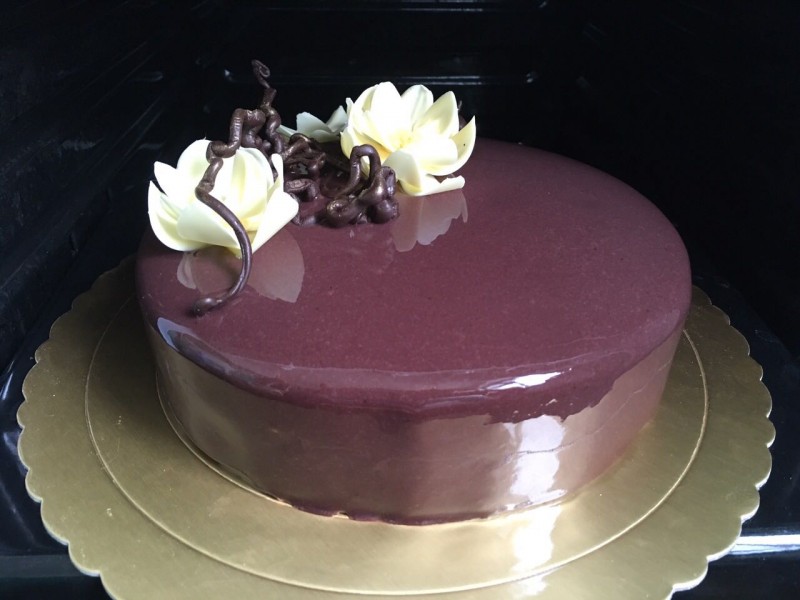
How to apply chocolate frosting
Glazing is not a very complicated process, although it does not always work the first time. Even an imperfect layer of chocolate won't ruin your cake, and with experience, you'll develop your own set of rules. We can warn you against the main mistakes of a novice confectioner:
- Allow the frosting to cool and thicken a bit before applying, but don't wait for it to clump.
- It is advisable to cover cakes from dense cakes with a thin layer of jam before glazing. Brush the sides and top with apricot or strawberry jam a few hours before frosting. Then place the cake on the wire rack and pour over the chocolate. Level the surface with a spatula or pastry brush. After that, send the finished cake to the refrigerator.
- It is more convenient to prepare the glaze in a water bath - this way nothing will burn and it will be easier for you to achieve a uniform consistency.
- Start applying the chocolate mass in the direction from the bottom up and from the edge to the middle.
- First, apply a thin layer of chocolate, which will become the basis for the final decoration. Cool down in the refrigerator. After that, the second layer will lie flat.
- If roughness appears on the surface during the application of the glaze, sprinkle with water and smooth with a spatula.
- Too thin glaze can be thickened with a small amount of flour.
A theoretical course in cooking is essential, but you will gain real experience only in practice. If the chocolate icing isn't perfect the first time you make it, don't be discouraged - it almost always happens. Practice on small cupcakes or buns, and very soon you will masterfully turn the cake into a work of confectionery art.
 How to have the perfect date if you're not a romantic
How to have the perfect date if you're not a romantic For what diseases you need to drink coffee - the benefits and effects
For what diseases you need to drink coffee - the benefits and effects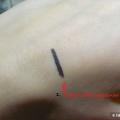 All my brown eyeliners
All my brown eyeliners